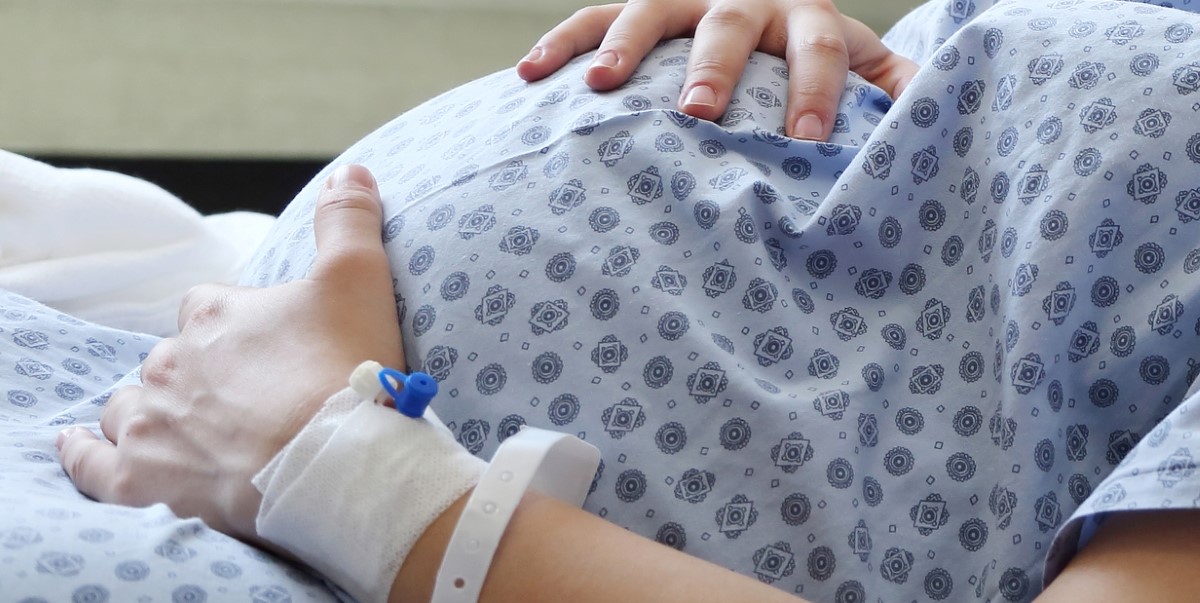The trend is especially alarming as it worsened despite prior warnings; NFHS-5 had flagged the 42.4% rate, with 27.7% planned and 14.7% emergency C-sections, prompting earlier concern
Published Jul 23, 2025 | 9:26 AM ⚊ Updated Jul 23, 2025 | 9:26 AM

WHO guidelines to cut C Sections. (iStock)
Synopsis: Andhra Pradesh’s C-section rate has surged to 56.12% in 2024–25, up from 42.4% in NFHS-5 (2019–21), far exceeding the WHO’s 15% recommendation. The rise highlights a troubling trend, especially in private hospitals, where 67.71% of deliveries are surgical compared to 41.40% in government facilities—exposing a 26-point gap and raising concerns over medically unnecessary interventions in private care.
Andhra Pradesh’s caesarean section rate has escalated to an alarming 56.12 percent in the financial year 2024-25, an increase of 14 percent from the already concerning 42.4 percent recorded in the 2019-21 National Family Health Survey-5 (NFHS-5). The 2024-25 numbers have been provided by the health department on Tuesday, the NFHS-5 data was collected in Andhra Pradesh between July-November 2019.
The latest figures reveal that more than half of all deliveries in the state now involve surgical intervention, making Andhra Pradesh’s C-section rate nearly four times the World Health Organization’s recommended maximum of 15 percent.
The crisis shows a stark divide between healthcare sectors, with private hospitals conducting caesarean deliveries in 67.71 percent of cases compared to 41.40 percent in government facilities. This 26 percentage point gap showcases the role of private healthcare in driving unnecessary surgical interventions.
It should be noted that in during NFHS-5 survey, only neighbouring Telangana has 60.7 percent of delivery through c-section while the other state has c-section much below 50 percent.
What makes the trend particularly alarming is that the increase occurred despite widespread awareness of the problem. The NFHS-5 data had already flagged Andhra Pradesh’s 42.4 percent rate as problematic, with 27.7 percent being planned procedures and 14.7 percent emergency interventions.
The private sector’s 67.71 percent rate indicates that more than two-thirds of women delivering in private facilities undergo surgery, suggesting systemic failures in healthcare governance and clinical oversight.
Recognising the severity of the crisis, Health Minister Satyakumar Yadav has approved an ambitious scheme to promote natural deliveries through comprehensive midwife training, acknowledging that inadequately trained nursing staff may be contributing to the problem.
“Currently, staff nurses in government hospitals provide obstetric services during childbirth. Due to their lack of proper knowledge and training on various issues, caesarean deliveries are becoming more common,” the Health Department stated, effectively admitting to systemic gaps in clinical competency.
Under the new scheme, 1,264 specially trained midwives will be deployed across 86 government hospitals handling between 600 to 6,000 deliveries annually. The 18-month training program, costing ₹2.50 lakh per nurse including stipend, will cover pre-natal, intra-natal, and post-natal services.
The program scope is extensive, training midwives to provide pre-pregnancy counselling, nutritional guidance, natural childbirth advocacy, labor pain management, complication identification, and comprehensive postnatal care including breastfeeding support and psychological bonding facilitation.
Minister Yadav has directed that the program be expanded to ensure every primary health center in tribal and rural areas has access to well-trained midwives, indicating the government’s recognition that the crisis extends beyond urban centres.
The Health Department’s statement reveals concerning admissions about current practices: “It is estimated that due to the lack of knowledge and training of the current staff nurses, the role of doctors during childbirth is increasing… Caesarean deliveries are happening more and more.”
(Edited by Ananya Rao)
